A multidrug resistant strain of E. coli, MDR ST131, can readily colonize new hosts, even if those hosts are already have E. coli in their healthy gut.


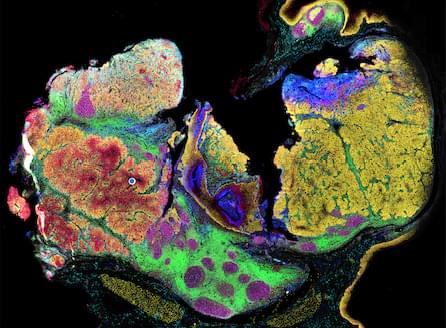
This work is published in GEN Biotechnology in the paper, “Mapping the Spatial Proteome of Head and Neck Tumors: Key Immune Mediators and Metabolic Determinants in the Tumor Microenvironment.”
HNSCCs are tumors that develop in the lip, oral cavity, larynx, salivary glands, nose, sinuses, or the skin of the face. They are the seventh most common cancer globally causing more than 300,000 deaths annually. Immune checkpoint inhibitors have shown promise in treating recurrent/metastatic cases.
Here, researchers present a framework for single-cell spatial analysis of proteins to analyze HNSCCs. First, they developed an ultra-high plex antibody panel with antibodies for detection of immune cells, cancer cells, and markers that identify cellular metabolism, apoptosis and stress, tumor invasion, and metastasis, as well as cellular proliferation and deregulation.
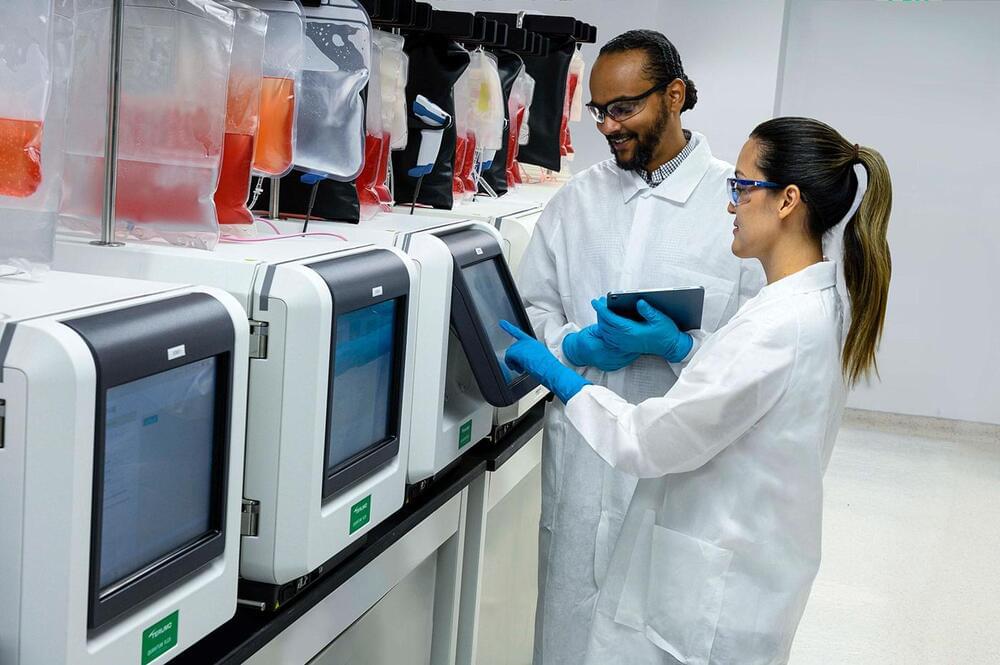
Data serves as the foundation of today’s biotechnology and pharmaceutical industries, and that foundation keeps expanding. “The appreciation of the value of data and need for quality data has grown in recent years,” says Anastasia Christianson, PhD, vice president and global head of AI, machine learning and data, Pfizer. She notes that the concept of FAIR data—Findable, Accessible, Interoperable, and Reusable data1—is becoming more widely accepted and more closely achieved.
Part of the transition in data use arises almost philosophically. “There has been a cultural shift or mindset change from data management for the purpose of storage and archiving to data management for the purpose of data analysis and reuse,” Christianson explains. “This is probably the most significant advance. The exponential growth of analytics capabilities and artificial intelligence have probably raised both the expectations for and appreciation of the value of data and the need for good data management and data quality.”

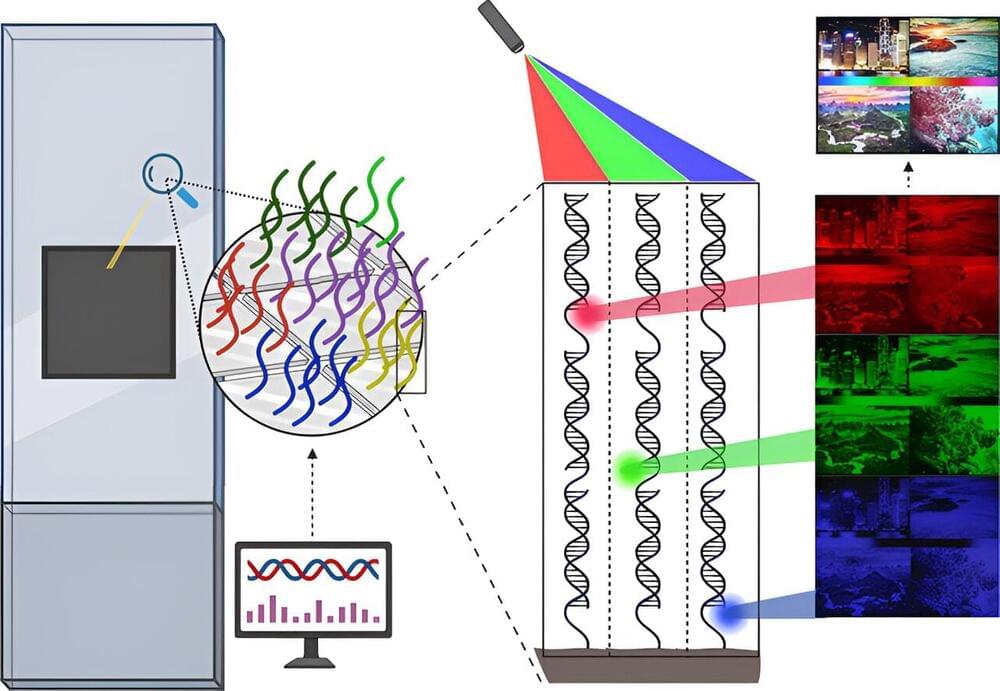
The DNA double helix is composed of two DNA molecules whose sequences are complementary to each other. The stability of the duplex can be fine-tuned in the lab by controlling the amount and location of imperfect complementary sequences.
Fluorescent markers bound to one of the matching DNA strands make the duplex visible, and fluorescence intensity increases with increasing duplex stability. Now, researchers at the University of Vienna succeeded in creating fluorescent duplexes that can generate any of 16 million colors—a work that surpasses the previous 256 colors limitation.
This very large palette can be used to “paint” with DNA and to accurately reproduce any digital image on a miniature 2D surface with 24-bit color depth. This research was published in the Journal of the American Chemical Society.
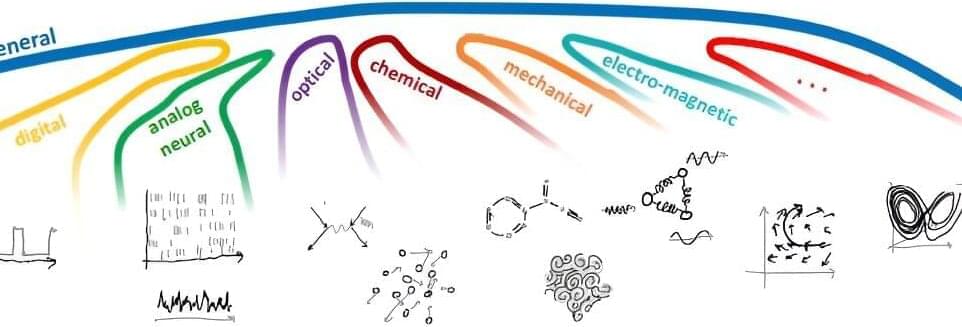
There is an intense, worldwide search for novel materials to build computer microchips with that are not based on classic transistors but on much more energy-saving, brain-like components. However, whereas the theoretical basis for classic transistor-based digital computers is solid, there are no real theoretical guidelines for the creation of brain-like computers.
Such a theory would be absolutely necessary to put the efforts that go into engineering new kinds of microchips on solid ground, argues Herbert Jaeger, Professor of Computing in Cognitive Materials at the University of Groningen.
Computers have, so far, relied on stable switches that can be off or on, usually transistors. These digital computers are logical machines and their programming is also based on logical reasoning. For decades, computers have become more powerful by further miniaturization of the transistors, but this process is now approaching a physical limit. That is why scientists are working to find new materials to make more versatile switches, which could use more values than just the digitals 0 or 1.

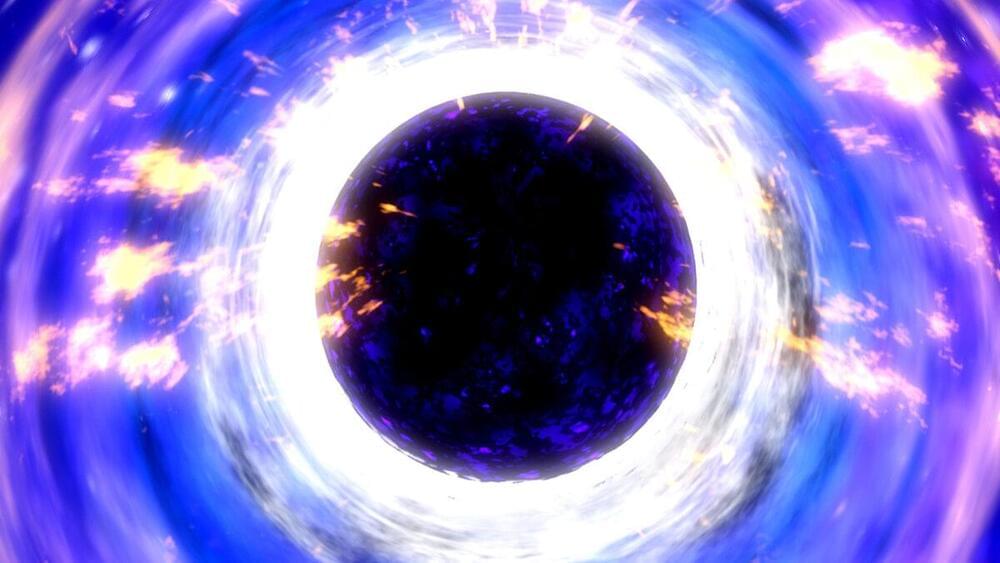
Published 8 seconds ago.
Physicists at the Kyoto Institute of Technology altered a special material called a photonic crystal to change the way light moves, creating pseudogravity, an effect similar to a tiny black hole. The experiment was inspired by Einstein’s theory of relativity and showcased light similar to how it would be if it were passing through a gravitational field. According to Science Alert, this experiment has far-reaching implications for the control and manipulation of light in optics and communications technology.

In a paper published in Nature Photonics, researchers from the University of Oxford, along with collaborators from the Universities of Muenster, Heidelberg, and Exeter, report on their development of integrated photonic-electronic hardware capable of processing three-dimensional (3D) data, substantially boosting data processing parallelism for AI tasks.
Conventional computer chip processing efficiency doubles every 18 months, but the processing power required by modern AI tasks is currently doubling around every 3.5 months. This means that new computing paradigms are urgently needed to cope with the rising demand.
One approach is to use light instead of electronics—this allows multiple calculations to be carried out in parallel using different wavelengths to represent different sets of data. Indeed, in ground breaking work published in the journal Nature in 2021, many of the same authors demonstrated a form of integrated photonic processing chip that could carry out matrix vector multiplication (a crucial task for AI and machine learning applications) at speeds far outpacing the fastest electronic approaches. This work resulted in the birth of the photonic AI company, Salience Labs, a spin-out from the University of Oxford.
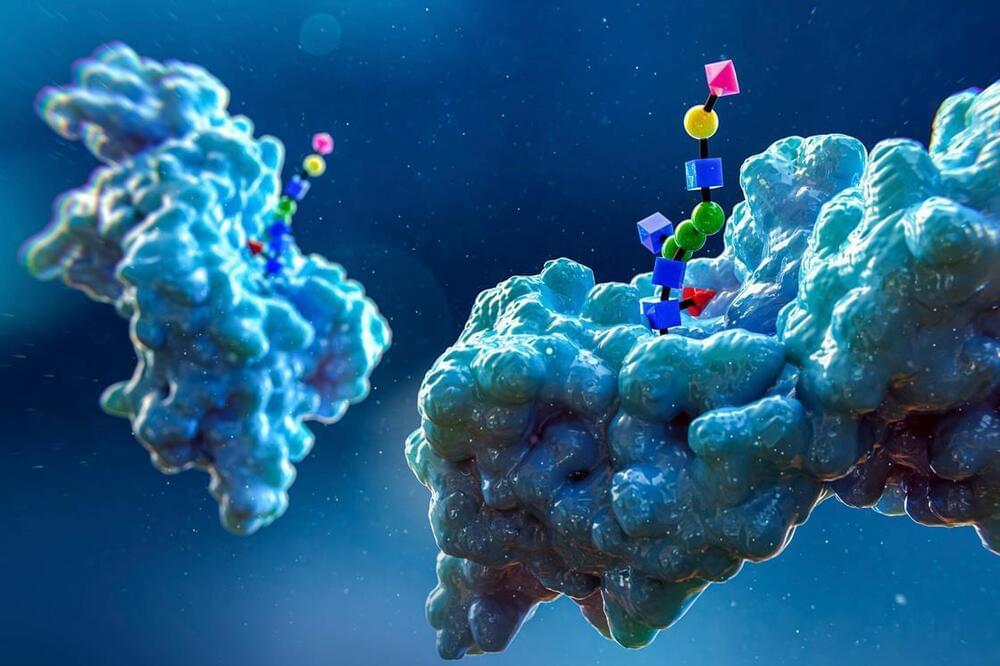
Scanning tunnelling microscopy images of simple glycoconjugates and glycosaminoglycans and their corresponding structures.
Scanning tunnelling microscopy has enabled researchers to directly image important sugar molecules attached to lipids and proteins. The experiments provide a picture at the single-molecule level of the sequences and locations of glycans bound to important biomolecules, offering new insight into the role they play in biology.